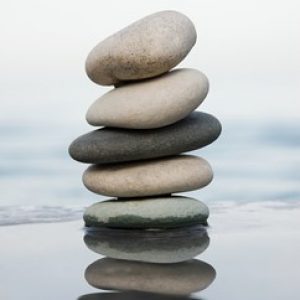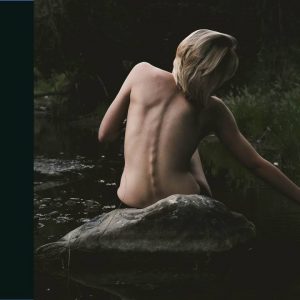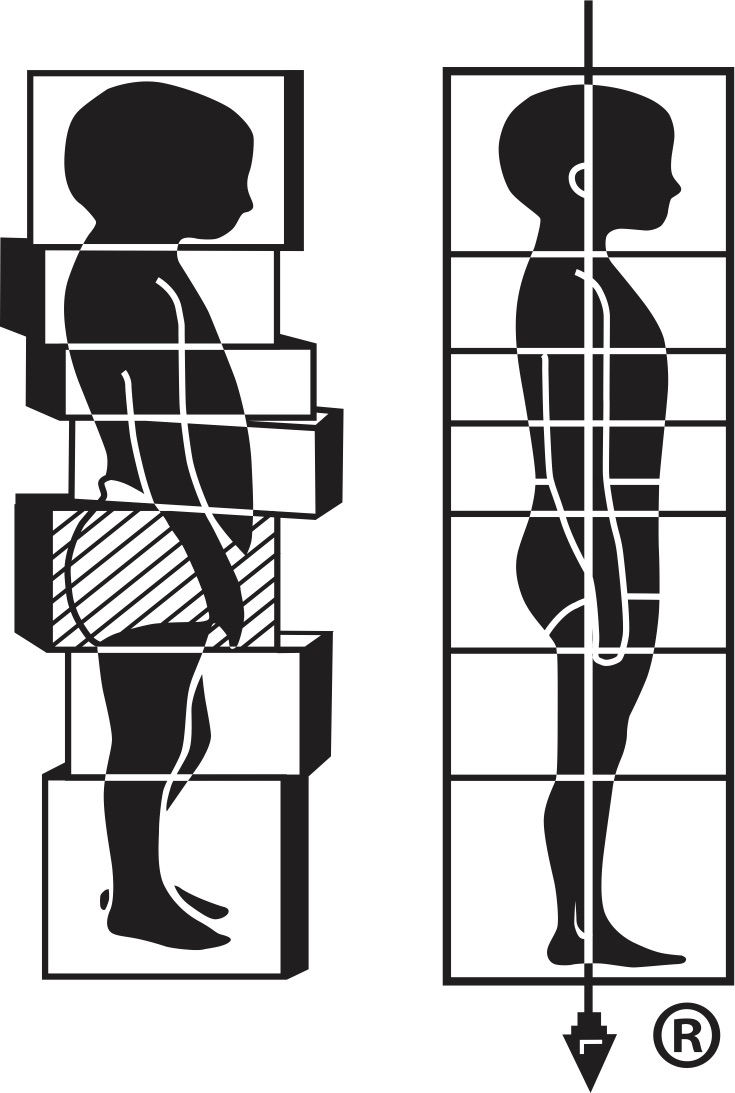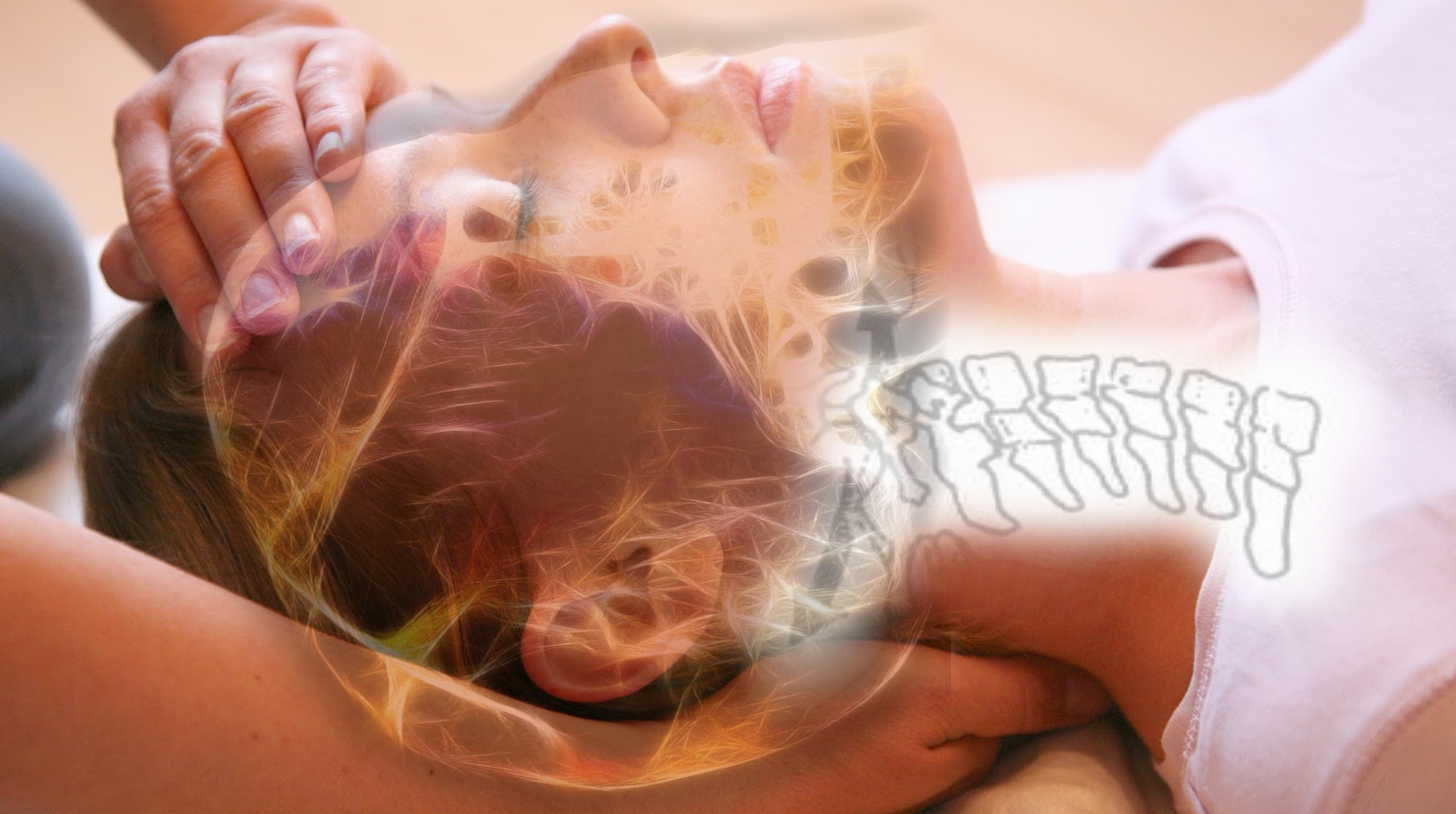Rolfing
The hallmark of Rolfing Structural Integration is a standardized “recipe” known as the Ten-Series, the goal of which is to systematically balance and optimize both the structure (shape) and function (movement) of the entire body over the course of ten Rolfing sessions.
Each session focuses on freeing restrictions or holdings trapped in a particular region of the body. A practitioner also maintains a holistic view of the client’s entire system during each session, thus ensuring the transformational process evolves in a comfortable and harmonious way.
The benefits of Rolfing include, and are not limited to:
- Relief from,
- Chronic Pain
- Headaches and Migraines
- Lower Back Pain
- TMJ
- Deviated septum
- Scoliosis
- Sciatica / Piriformis syndrome
- Bunions
- Improved,
- Posture and Mobility
- Tech Neck
- Flexibility & Circulation
- Release of Tension from Traumas (such as car accidents)
- Enhanced Athletic Performance
Structural imbalances of the body can lead to Chronic pain and disability or inhibit performance. Candace addresses the root cause of these imbalances through manipulation of connective tissue and movement education. It treats moms, musicians, tradespeople, professionals, kids and seniors as well as athletes
Cranial Sacral Therapy
CST is a gentle, hands-on method of evaluating and enhancing the functioning of a physiological body system called the craniosacral system - comprised of the membranes and cerebrospinal fluid that surround and protect the brain and spinal cord.
Using a soft touch generally no greater than 5 grams, or about the weight of a nickel, practitioners release restrictions in the craniosacral system to improve the functioning of the central nervous system.
By complementing the body's natural healing processes, CST is increasingly used as a preventive health measure for its ability to bolster resistance to disease, and is effective for a wide range of medical problems associated with pain and dysfunction, including:
- Migraine Headaches
- Chronic Neck and Back Pain
- Motor-Coordination Impairments
- Colic
- Autism
- Central Nervous System Disorders
- Orthopedic Problems
- Concussions and Traumatic Brain Injuries
- Alzheimer's Disease and Dementia
- Spinal Cord Injuries
- Scoliosis
- Infantile Disorders
- Learning Disabilities
- Chronic Fatigue
- Emotional Difficulties
- Stress and Tension-Related Problems
- Fibromyalgia and other Connective-Tissue Disorders
- Temporomandibular Joint Syndrome (TMJ)
- Neurovascular or Immune Disorders
- Post-Traumatic Stress Disorder
- Post-Surgical Dysfunction
- Tinnitus
Somato Emotional Release
SomatoEmotional Release (SER) is a therapeutic process that uses and expands on the principles of CranioSacral Therapy to help rid the mind and body of the residual effects of trauma.
Since 1993
The Ten-Series can be divided into three distinct units:

Sessions 1 – 3:
Called the ‘sleeve’ sessions, sessions 1 – 3 strive to loosen and balance surface layers of connective tissue.
Specifically, the first session is devoted to enhancing the quality of breath with work on the arms, ribcage and diaphragm. Opening is also started along the upper leg, hamstrings, neck and spine.
The second session helps give the body a stable foundation by balancing the foot and muscles of the lower leg.
The third session typically involves a “side view” for an understanding of how the head, shoulder girdle, and hips are positionaly related to one another when standing under the influence of gravity. Then, the body is addressed within the context of this new vision.
 Sessions 4 – 7:
Sessions 4 – 7:
Sessions 4 – 7 are referred to as “core” sessions and examine terrain found between the bottom of the pelvis and top of the head. The idea of core also includes the deep tissue of the legs for its role in support.
Session four begins this journey, its territory extends from the inside arch of the foot and up the leg, to the bottom of the pelvis.
The fifth session is concerned with balancing surface and deep abdominal muscles to the curve of the back.
Session six seeks to enlist more support and movement from the legs, pelvis and lower back, while the seventh session turns its sole attention to the neck and head.
 Session 8 – 10:
Session 8 – 10:
‘Integration’ is emphasized throughout the remaining three sessions, as session 8 – 10 provide an opportunity for the practitioner to blend previously established advancements, and ones yet to be made, into the body in a way that encourages smooth movement and natural coordination.
During sessions eight and nine, the practitioner determines how best to achieve this integration, as the protocol is unique for each individual.
The tenth and final session is also one of integration, but more importantly, serves to inspire a sense of order and balance. Once completed, the wisdom of the Rolfing Ten Series will drive and support the body with health for years to come.

Next Steps...
Have more Questions? Let's discuss what's best for you!


